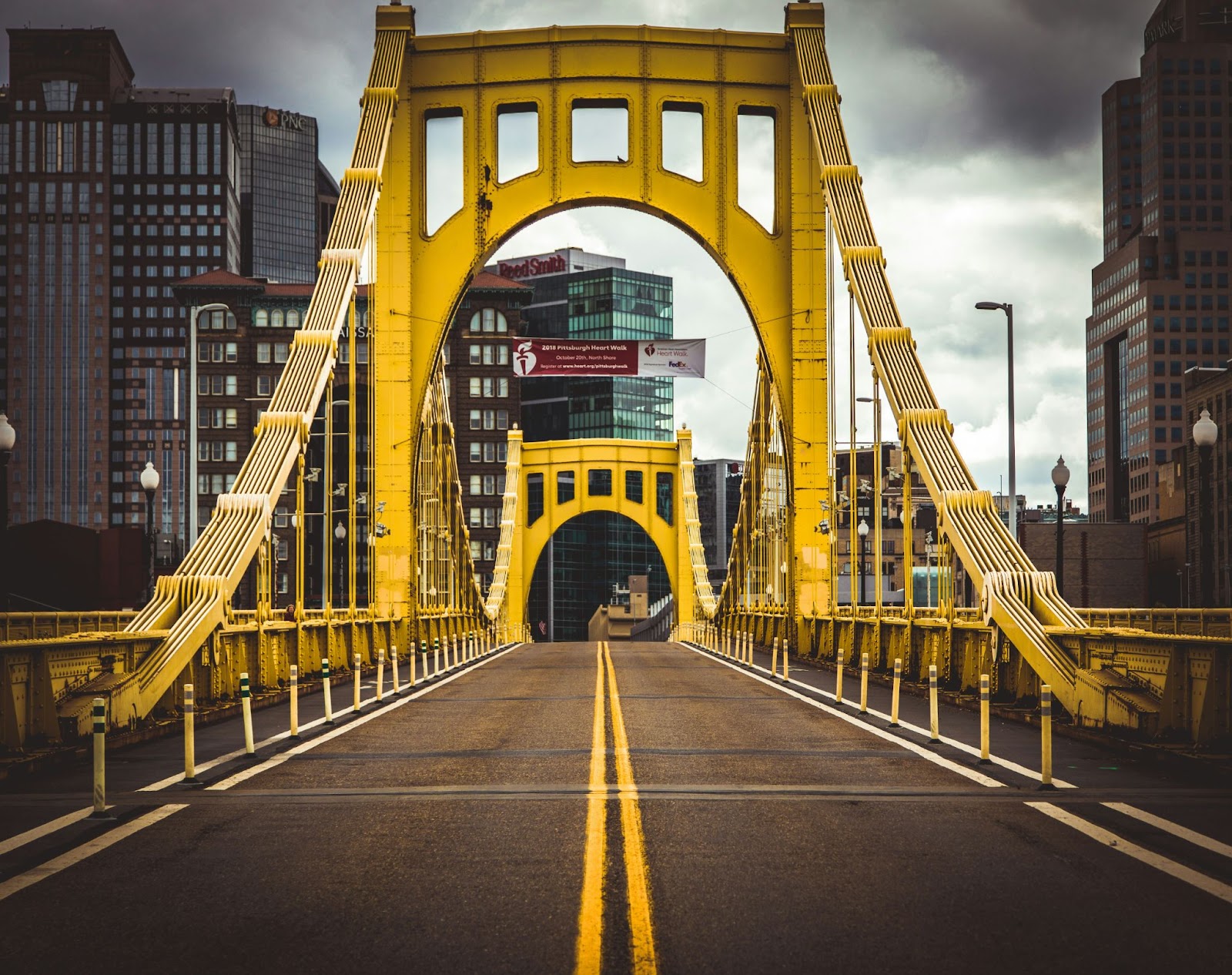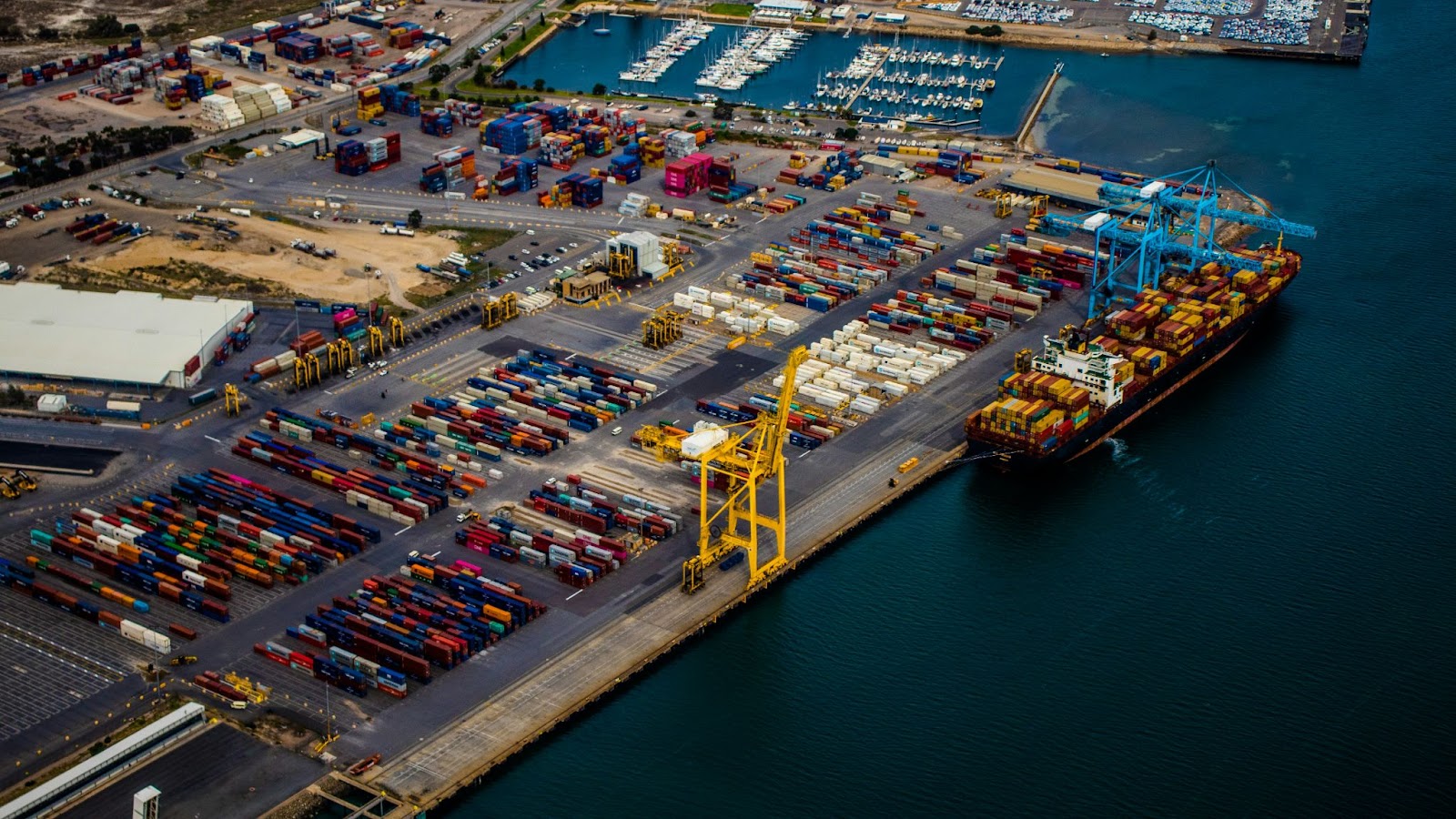In Season 2 of HBO’s mega-hit show The Wire, Frank Sobotka says to his nephew while looking toward Baltimore’s Francis Scott Key Bridge, “You see that bridge, Nick? It’s one of them, whaddya call it, a metaphor. It’s like us, Sobotkas, our union, and the whole working class in this country. It’s gonna last forever, just like we are.” The irony of this quote is that 20 years later, many working-class Americans complain about the lack of manufacturing jobs, a struggle to unionize, and a shift to a white-collar economy.
Sadly, the Key Bridge no longer remains after a cargo ship collided with one of the bridge’s support beams around 1:30 a.m. on March 26. The resulting damage will be more than a lost roadway. This tragic incident — the remains of two workers were found, but four others are missing and presumed dead — has disrupted the Port of Baltimore and one of the busiest highways in the Northeast Corridor and could potentially have harsh environmental consequences.
American infrastructure needs a lifeline. Years of red tape and inaction have caused highways to crumble, railways to erode beyond repair, and several bridges to collapse due to natural or human made disasters and lack of oversight by proper parties. The Key Bridge wasn’t expected to fall in 40 seconds when the freighter Dali slammed into one of its pylons. The need to replace an aging motorway is direr than ever.

Photo Courtesy Jaime Casap
The good news is that plans and funding to rebuild America’s infrastructure have come in the form of The Bipartisan Infrastructure Act. The $1.2 trillion, passed in 2021, has been earmarked to help accelerate some clean energy programs, like alternative fuel corridors, which require infrastructural changes. The influx of money has led to some much-needed upgrades, as well as helping to revive the economy.
Rail Updates
The last five years have shown the fallacies of a decaying infrastructure. The Norfolk Southern train derailment and the resulting environmental disaster in East Palestine, Ohio, was thought to be the icing on the cake. Then came some Amtrak derailments.
Fortunately, the government decided to act, announcing a massive makeover of the Northeast Corridor’s tunnels and railways.
The Frederick Douglas Tunnel in Baltimore is getting a much-needed renovation after being built in the late 1800s. It is one of the most-traveled train routes in the country, part of the Northeast Corridor line.
A new Hudson River train tunnel is being built in New York-New Jersey to make regional train systems and Amtrak travel easier. Out West, the Los Angeles Metro Purple Line is getting an extension to continue moving the city off the car standard.
Roads And Bridges
But what about the roads? Interstate highways have been neglected; however, the fight for repaved highways often boils down to costs, but bridge collapses tend to push the needle on these issues. The Fern Hollow Bridge Collapse of 2022 in Pittsburgh sparked fiery debate about America’s aging road system.
It also pointed out the lack of oversight by the Pittsburgh municipal government. The National Transportation Safety Board (NTSB) said in its investigation, published just a few weeks ago, that Fern Hollow happened because of a failure to act and pick up on the warning signs the bridge was in bad shape.
Some say the same is true of the Key Bridge. It was built in the 1970s and was less than 60 years old. Perhaps it wasn’t as structurally sound as people thought. It lacked protective fenders around the support beams, which other bridges around the country have.
No bridge is designed to withstand a 985-ft-long cargo vessel ramming into its side, as many engineers pointed out amid a flurry of conspiracy theories and social media commentary. It’s not the first American bridge to suffer such a terrible fate. In 1980, a similar scenario happened in Florida with the Sunshine Skyway collapsing because a ship ran into a pylon.
Those in leadership are taking notice. In October 2023, the U.S. Department of Transportation announced $61 billion to “support investment in critical infrastructure.” “Long-needed major improvements are coming to America’s network of roads, bridges, and highways,” Pete Buttigieg, the U.S. transportation secretary, said in a press release.
Areas nationwide are already working to shore up busy bridges and highways to guard against future accidents. Out West, San Francisco’s Golden Gate Bridge is getting a $400 million facelift to increase its resistance to earthquakes. The Bay Area is known for its seismic activity, so this project cannot be completed soon enough.
In the Midwest, the Brent Spence Bridge connecting Cincinnati to Covington, Kentucky, is getting a $1.6 billion upgrade to improve traffic systems on I-70 and I-75.
This road is one of the biggest freight routes between the U.S. and Canada. The Gold Star Memorial Bridge in Connecticut is also getting revamps. It is located in a crucial part of I-95, which runs up the East Coast.
With new bridges come new roads. The I-375 and I-75 connectors in Detroit will be getting new ramps and a slower-speed boulevard, along with better drainage and LED lighting. Bike paths and better pedestrian crossings near the Jefferson Avenue curve, which is being removed. The whole area is getting a facelift to improve traffic flow and residential areas.
Effects Of The Key Bridge Closure
The ramifications of the Key Bridge collapse will be felt in the coming months. Baltimore is one of the 20 busiest ports in the U.S., particularly in automotive imports. The New York Times reported that around 570,000 cars and trucks came through the port last year. Its temporary closure could slow electric car imports.
Global supply chains are also dealing with other maritime commerce issues in the Suez and Panama Canals. This latest port closure might slow things down further.

Photo Courtesy Alex Duffy
The bridge was also a major transportation corridor, connecting Baltimore to Washington, D.C. BWI Airport is on the other side of the bridge. It’s one of the busiest transportation areas between Washington, Baltimore, Philadelphia, and New York. Although detours have quickly been put in place, commute times have been affected.
The Port of Virginia will take on most of the Baltimore-bound cargo. A company press release said the four Virginia ports have plenty of space for discharging cargo. Workers have experience handling a surge in imports/exports. It is reassuring to see other states help out in this chaotic time.
The White House said the government would fit the bill for the bridge’s rebuilding. However, it could be years before a new one is ready. The good news is that crews have already begun removing debris on the collapse site, and two channels are clear, allowing small vessels to pass through; a third is expected to open by the end of April. The New York Times reported that the U.S. Army Corps of Engineers said full traffic at the port is expected to be restored by late May.With automakers refiring Detroit’s auto factories and building new plants in some of the poorest parts of the country, there are glimmers of hope on the horizon. This bridge collapse and its recovery symbolize the improvement needed nationwide and also what can happen when we work together.





